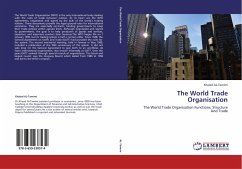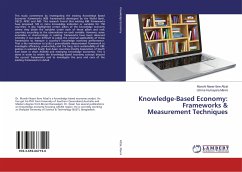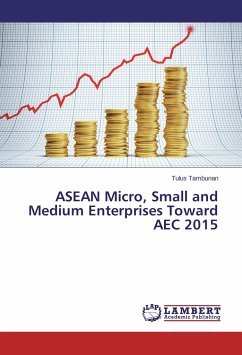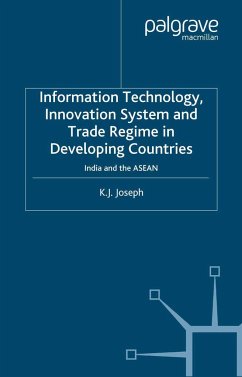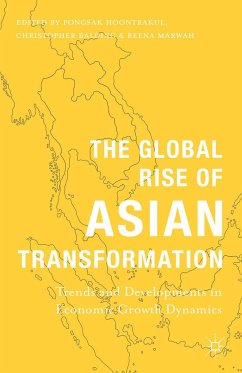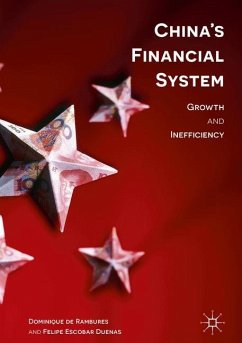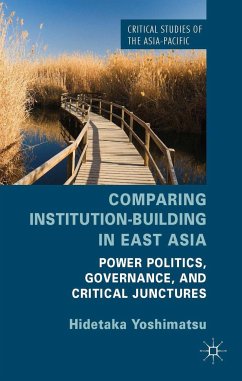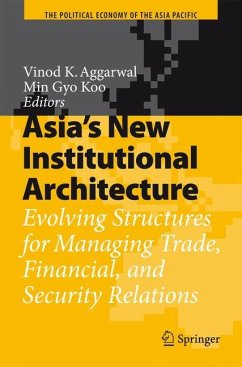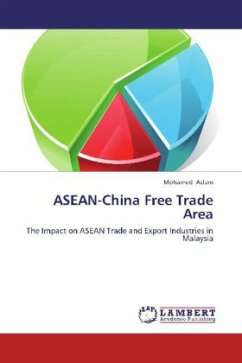
ASEAN-China Free Trade Area
The Impact on ASEAN Trade and Export Industries in Malaysia
Versandkostenfrei!
Versandfertig in 6-10 Tagen
52,99 €
inkl. MwSt.

PAYBACK Punkte
26 °P sammeln!
In November 2002 ASEAN and China signed an agreement to form an FTA by 2010. It is anticipated that both parties will gain from the FTA. However, the rapid growth of China since the early 1990s is now seen as a threat to the future of ASEAN's economic growth. The trade sector is the backbone of ASEAN's economic growth, and China's impressive economic growth and development, coupled with its low cost of production have created trade and investment diversions for most members of ASEAN. The strong competition between the regions is attributed to the factor of homogeneity in production and exports...
In November 2002 ASEAN and China signed an agreement to form an FTA by 2010. It is anticipated that both parties will gain from the FTA. However, the rapid growth of China since the early 1990s is now seen as a threat to the future of ASEAN's economic growth. The trade sector is the backbone of ASEAN's economic growth, and China's impressive economic growth and development, coupled with its low cost of production have created trade and investment diversions for most members of ASEAN. The strong competition between the regions is attributed to the factor of homogeneity in production and exports: what ASEAN produces and exports, China produces and exports as well. Thus, countries which have the lowest cost of production will gain in trading. Investment diversion happens in two forms: (1) new investments or foreign firms preferring China to ASEAN; and (2) re-location of foreign firms from ASEAN countries to China (Singapore and Malaysia have experienced this phenomenon). We believesthat the ACFTA does not promise total gains to members of ASEAN.



